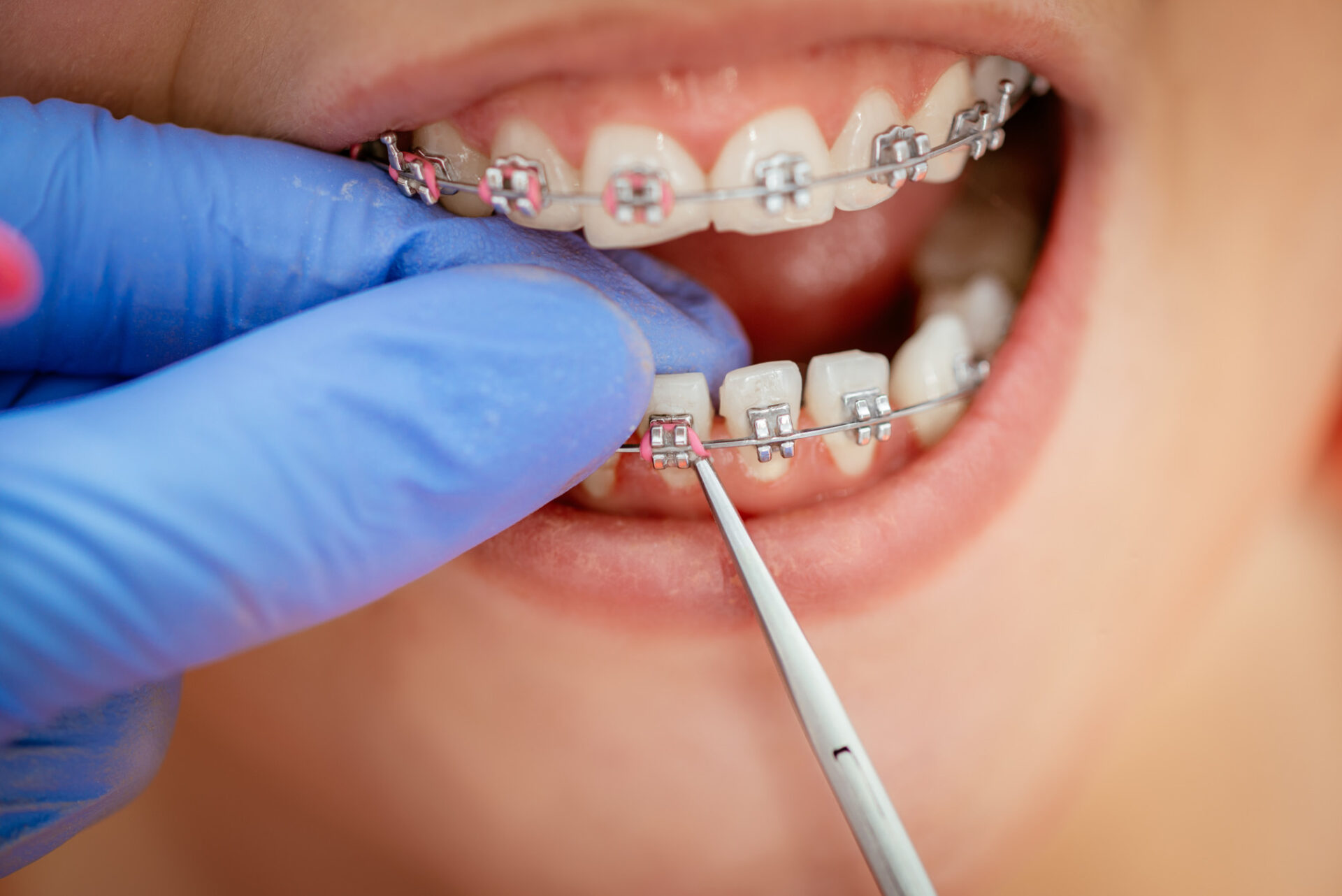Comprehensive Guide to Orthodontics Treatments for Correcting Oral Misalignments
Recognizing the complexities of each treatment, including their devices, benefits, and possible downsides, is vital in making informed decisions concerning one's orthodontic therapy. As we browse via the extensive guide to orthodontic treatments for correcting dental misalignments, the intricate information of each method will certainly unfold, losing light on the path towards a harmonious and useful dental alignment.
Orthodontic Procedures Review

In enhancement to traditional braces and clear aligners, orthodontists might likewise suggest other treatments like headgear, palatal expanders, or retainers to attend to particular positioning problems (cumming orthodontist). These procedures are customized per patient's one-of-a-kind requirements and may include a combination of therapies to accomplish the preferred results. Routine modifications and monitoring are important parts of orthodontic therapy to make sure progress gets on track and to make any kind of essential alterations along the method. By undergoing orthodontic procedures, clients can not only attain a straighter smile but additionally boost their overall dental health and function.
Conventional Braces: Just How They Function
When thinking about orthodontic treatments for oral imbalances, standard braces attract attention as a tried and true approach for remedying teeth positioning. Conventional braces consist of brackets, wires, and bands that collaborate to use constant pressure on the teeth, slowly moving them into the desired alignment. The brackets are attached to the teeth utilizing a special adhesive, and the cables are threaded via the braces. By adjusting the tension of the cords, orthodontists can manage the direction and force put on each tooth, guiding them into correct positioning gradually.
As stress is applied to the teeth via the dental braces, the bone bordering the teeth is improved to sustain the brand-new tooth placements. People will need regular adjustments at the orthodontist's workplace to make sure the dental braces proceed to use the right stress for effective teeth motion.
Undetectable Aligners: Pros and Cons
Undetectable aligners offer a practical and discreet option to standard dental braces for correcting oral misalignments. These clear, custom-made trays are practically unseen when put on, making them an attractive choice for people seeking an extra aesthetically pleasing orthodontic treatment. Among the primary benefits of unnoticeable aligners is their removability, permitting less complicated maintenance of dental health contrasted to conventional dental braces. Individuals can remove the aligners prior to eating or cleaning their teeth, decreasing the danger of food obtaining embeded the home appliance and streamlining the cleansing process.

Surgical Orthodontic Options
Surgical interventions in orthodontics present feasible alternatives for dealing with complicated dental misalignments that may not be properly solved through traditional orthodontic therapies. While conventional braces and unnoticeable aligners can deal with many orthodontic issues, certain cases need medical treatment to achieve optimum outcomes. Surgical orthodontic alternatives are typically recommended for severe malocclusions, considerable jaw discrepancies, and cases where the underlying bone framework needs adjustment to achieve correct positioning.
One typical medical orthodontic treatment is orthognathic surgical treatment, which involves repositioning the jaws to correct functional concerns such as trouble eating or talking. This More Info surgical treatment is usually carried out in partnership with an orthodontist who aids align the teeth before and after the procedure. Surgical orthodontics might also entail treatments to expose influenced teeth, get rid of excess gum tissue, or reshape the jawbone to create a much more unified face account.
Prior to taking into consideration medical orthodontic alternatives, people undergo a detailed analysis to determine the need and prospective advantages of such treatments. invisalign. While surgery may seem overwhelming, it can significantly boost both the feature and appearances of the smile in instances where conventional orthodontic treatments drop short
Retainers and Post-Treatment Treatment

Failing to abide with post-treatment care directions can result in relapse, where the teeth slowly relocate back in the direction of their initial positions. Consistent retainer wear, great dental hygiene, and regular oral check-ups are essential for maintaining the results attained via orthodontic surgery and guaranteeing the long-lasting stability of the fixed oral alignment.
Verdict
To conclude, orthodontic treatments provide numerous alternatives for remedying oral imbalances. Typical braces link make use of metal braces and cords to move teeth into appropriate alignment. Undetectable aligners give a more very discreet choice however may not appropriate for all situations. Surgical orthodontic alternatives are offered for a lot more severe imbalances. Retainers are commonly made use of post-treatment to maintain the new placement. Generally, orthodontic procedures can properly enhance oral health and wellness and aesthetic look.
As we navigate with the thorough guide to orthodontic procedures for fixing dental misalignments, the intricate details check out this site of each approach will certainly unfold, shedding light on the path towards a practical and unified oral alignment. - aligners
One of the most common orthodontic treatments is the use of dental braces, which are composed of steel braces and cables that use gentle stress to slowly change teeth into the desired setting.When considering orthodontic therapies for oral imbalances, typical dental braces stand out as a reliable approach for dealing with teeth positioning. In addition, invisible aligners may not be ideal for complex orthodontic issues that require more substantial teeth activity, as they are generally recommended for moderate to moderate instances. Retainers are tailor-made orthodontic tools made to hold teeth in their dealt with positions after the completion of orthodontic treatment.
Comments on “The Advantages of Picking a Cumming Orthodontist for Your Braces and Aligners”